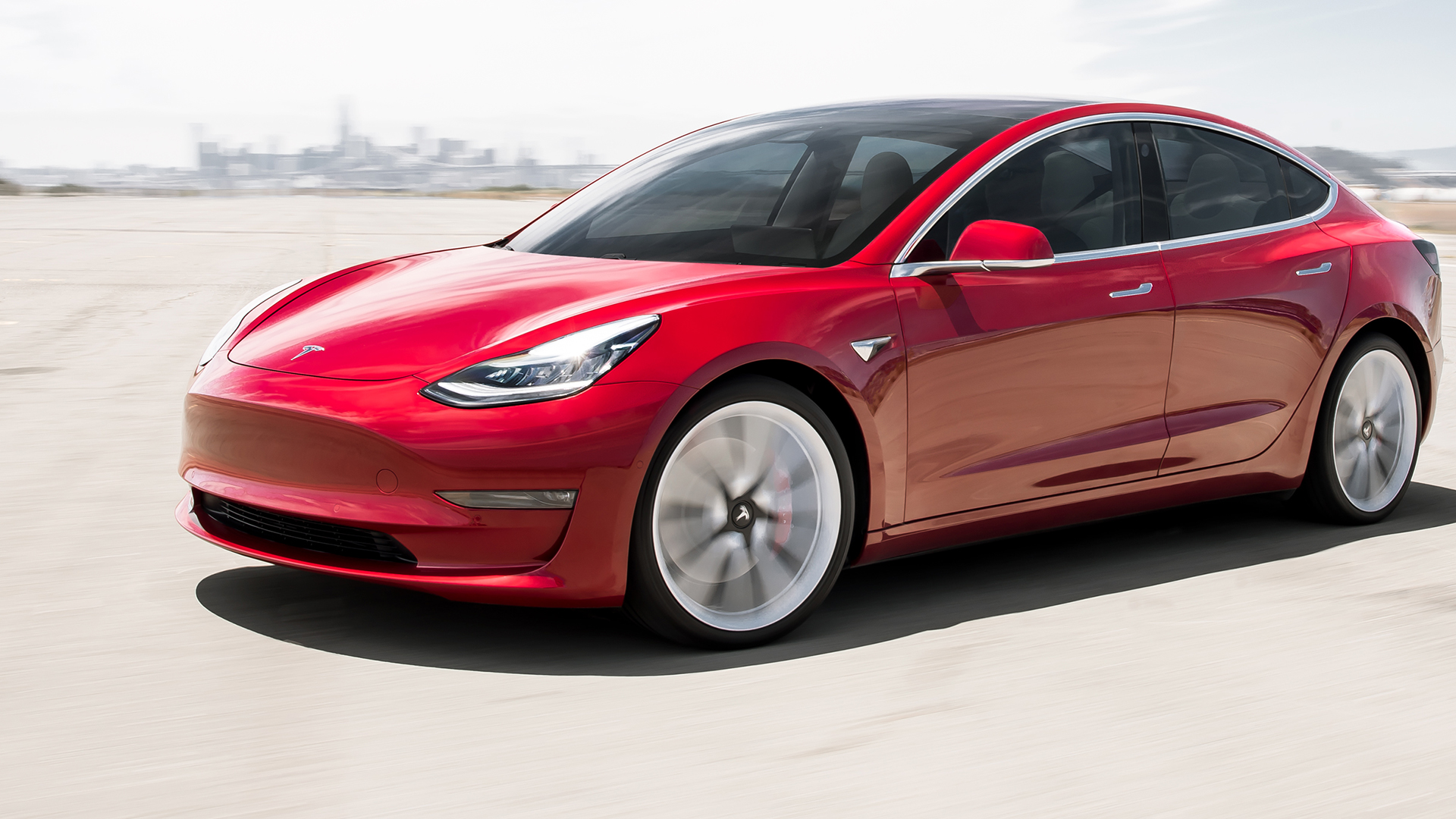

Earlier this week, Tesla announced that the Model 3 and Y would retire their previously touted radar sensors and that its advanced driver assistance system suite, Autopilot, would rely only on camera-favoring “Tesla Vision” from here on out. For the transition away from radar, Tesla has restricted certain Autopilot features such as capping Autosteer to 75 mph, increasing adaptive cruise following distance, and even limiting access to features included in its costly Full Self-Driving option. These reduced capabilities have forced safety authorities to reevaluate their ratings of the Model 3 and Y, which this week lost multiple significant safety endorsements.
The first entity to reduce its safety rating for the 3 and Y was the National Highway Traffic Safety Administration. After Tesla reported the changes, reports Reuters, the NHTSA split the 2021 Model 3 and Y into “Earlier Release” and “Later Release” categories, divided by the April 27 transition away from radar sensors. The two are differentiated in the NHTSA’s rating database by the latter’s lack of key ADAS functions, notably lane departure warning, “dynamic brake support,” collision warning, and automated emergency braking. Tesla has stated that the Model S and X will also transition to Tesla Vision at “the appropriate time,” signaling a possible future (though potentially temporary) demotion for these two models as well.

Because these features are now missing, and when they’ll be reinstated remains unknown, Consumer Reports announced Thursday that it had dropped the Model 3 from its Top Picks (the Model Y already did not qualify). Consumer Reports also stated a similar demotion was in the works with the Insurance Institute for Highway Safety (IIHS), which was said to be planning to remove the Model 3 from its Top Safety Pick+ list.
These reclassifications arrive in a time of heightened scrutiny of Tesla’s Autopilot, which earlier this month was confirmed to be active during another fatal crash. Autopilot’s heavy reliance on cameras has reportedly been the cause of crashes, as Tesla’s software doesn’t always detect imminent dangers in the road. The less consequential opposite can occur too; Tesla owners continue to report incidents of “phantom braking” where their cars interpret upcoming overpasses as obstacles—potentially with greater regularity after a recent update.

Because cameras are highly sensitive to lighting conditions, most players in the vehicular autonomy space don’t rely on them exclusively. Most add redundant sensors such as radar or LIDAR, which Tesla CEO Elon Musk has previously labeled unnecessary. LIDAR’s exclusion by Tesla, however, may be less a matter of capability than of cost, which Digitimes reports to be one motivating factor behind Tesla’s radar phaseout.
Citing “industry sources,” the publication alleges Tesla’s stock of integrated-circuit chips has dwindled during the global shortage, causing the carmaker to court new suppliers in Korea, Taiwan, and the United States. Tesla’s removal of radar sensors from the U.S.-market 3 and Y is said to be a symptom of this problem, rather than a show of faith in its camera-favoring ADAS technology.
Got a tip or question for the author? You can reach them here: james@thedrive.com